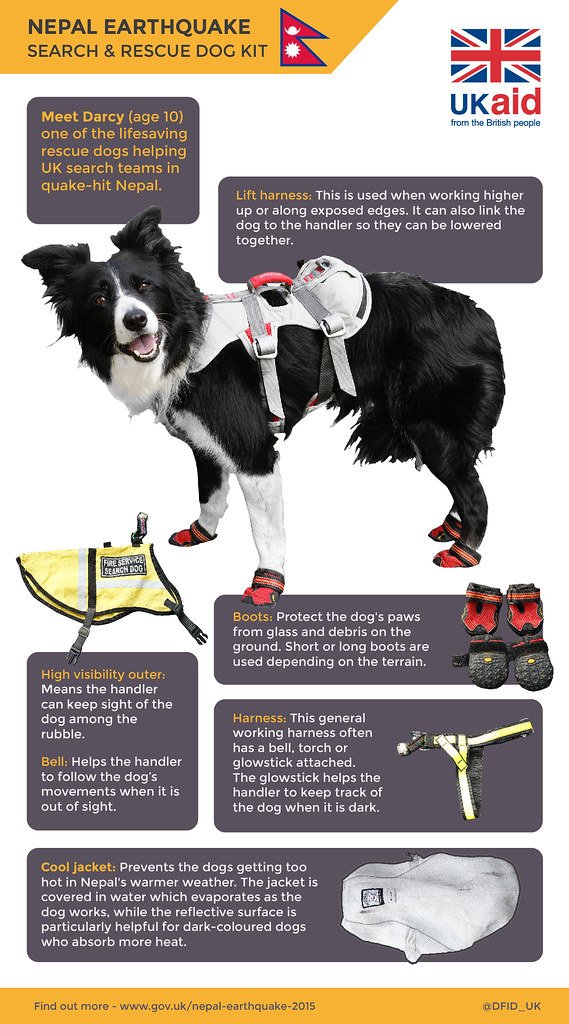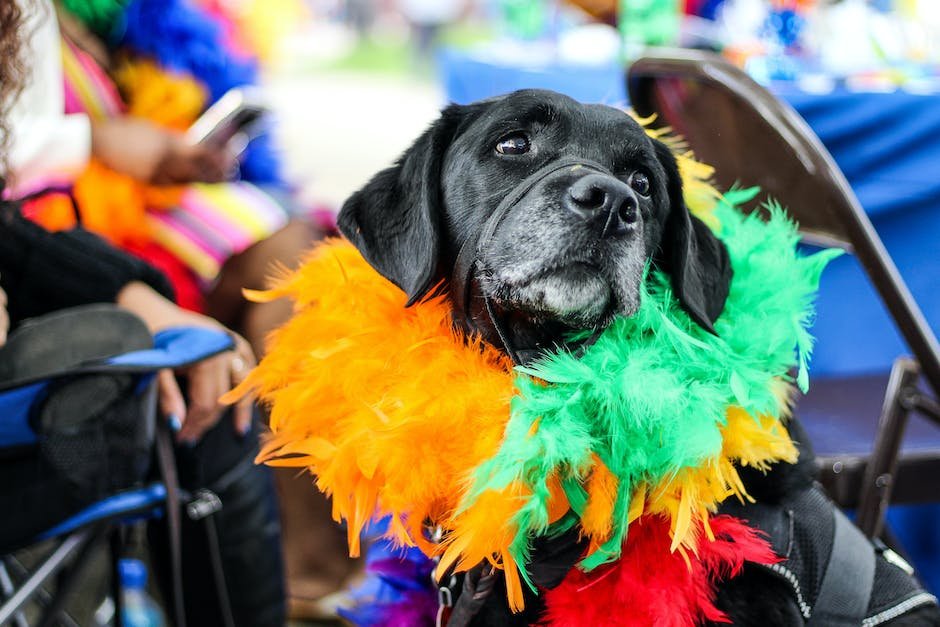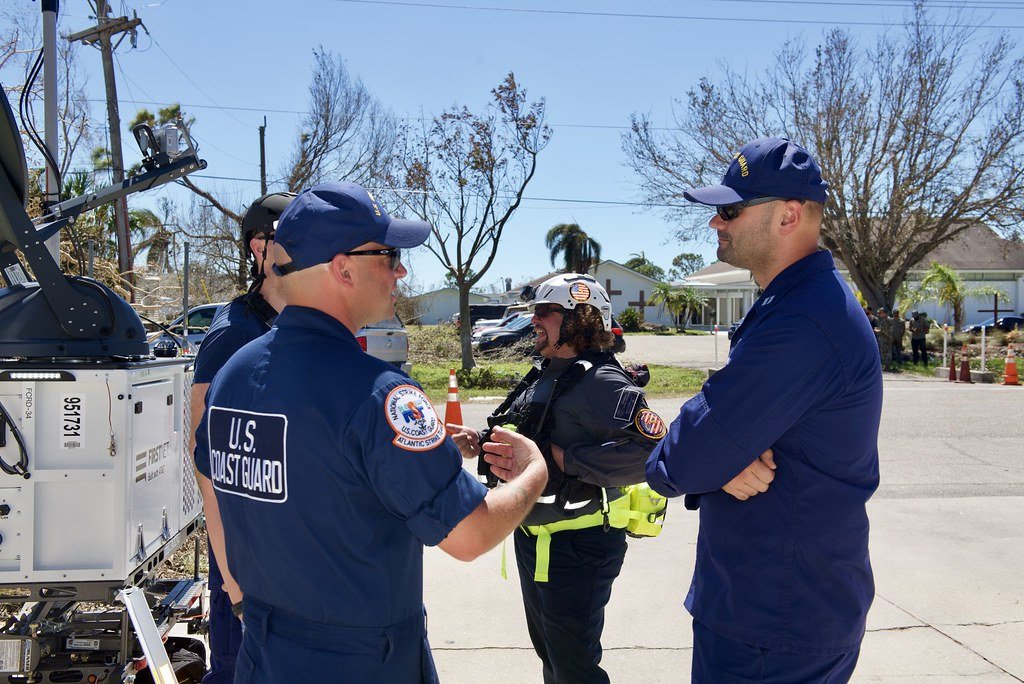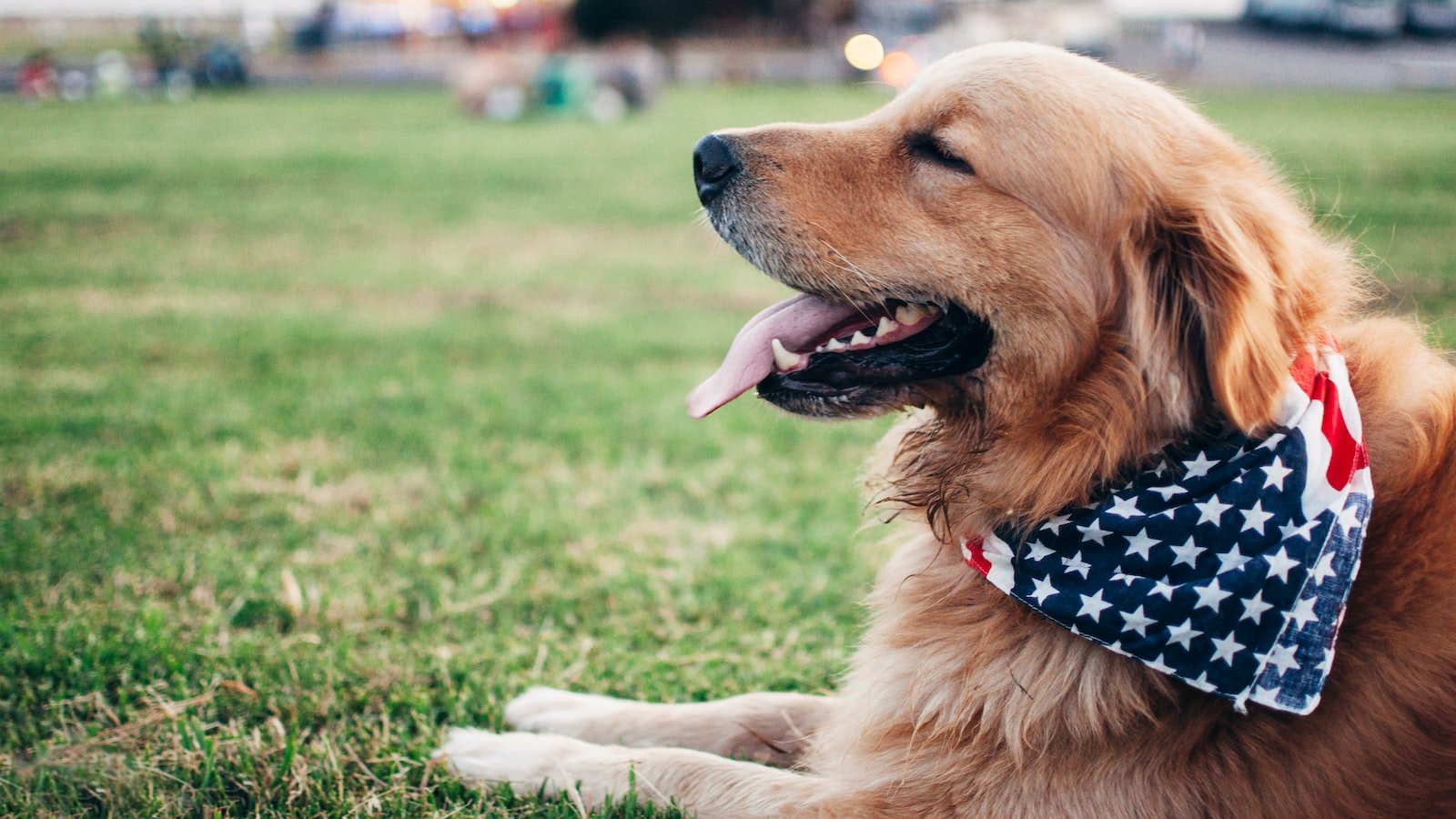When a disaster strikes and lives hang in the balance, a team of heroes emerges from the chaos: search and rescue dogs. These four-legged marvels possess a unique combination of skills and instincts that allow them to navigate treacherous terrain, locate survivors, and provide a glimmer of hope in the darkest of times. But what is it that truly sets these remarkable canines apart? The answer lies in their agility, a pivotal attribute in their training that enables them to overcome obstacles and traverse unforgiving landscapes with unparalleled dexterity and efficiency. In this article, we delve into the role of agility in search and rescue dog training, exploring its importance, methods of cultivation, and the profound impact it has on these extraordinary animals and the lives they touch.
Table of Contents
- Developing a Strong Foundation: Basic Training Techniques for Search & Rescue Dogs
- The Power of Agility: Enhancing Search & Rescue Dog Performance
- Adapting to Ever-Changing Situations: Agility as a Crucial Skill in Search & Rescue Missions
- Building Trust and Confidence: The Role of Agility in Search & Rescue Dog Handler Relationship
- Mastering the Art of Agility: Advanced Techniques for Search & Rescue Dog Training
- Q&A
- Concluding Remarks

Developing a Strong Foundation: Basic Training Techniques for Search & Rescue Dogs
When it comes to search and rescue operations, having a well-trained and reliable canine partner is crucial. In order to maximize their effectiveness and ensure their safety, it is important to lay down a strong foundation of basic training techniques for search and rescue dogs. Here are some key elements to consider:
- Socialization: One of the first steps in training a search and rescue dog is socialization. It is important to expose them to various environments, noises, and people from an early age. This helps them become confident in different situations and lessens the chances of fear or aggression when encountering unfamiliar settings during actual search missions.
- Obedience Training: Basic obedience commands such as sit, stay, come, and heel are essential for every search and rescue dog to know. These commands provide the handler with control and ensure the dog’s focus and responsiveness during critical situations. Consistent and positive reinforcement training methods should be used to reinforce these commands.
- Scent Discrimination: Training a search and rescue dog to discriminate scents is vital for their success in finding missing persons. With the use of scent articles, dogs can be taught to distinguish and follow specific scents associated with individuals they are searching for. This skill is usually developed through increasingly complex scent detection exercises and rewards-based training.
By incorporating these foundational training techniques, search and rescue dogs can become invaluable assets in locating and saving lives. Remember, patience, consistency, and a strong bond between handler and dog are key components to fostering a successful partnership in this critical field.

The Power of Agility: Enhancing Search & Rescue Dog Performance
Search and rescue dogs play a vital role in locating missing persons and saving lives in various emergency situations. The power of agility is a crucial factor that enhances their performance, enabling them to navigate complex terrains and swiftly respond to urgent calls for help.
Agility training equips these remarkable canines with the physical strength, speed, and dexterity required to access challenging locations while maintaining their focus and determination. Through a combination of specialized exercises and obstacle courses, search and rescue dogs develop their coordination, balance, and flexibility, allowing them to effortlessly maneuver through rubble, dense forests, or other hazardous environments.
Furthermore, agility training improves the mental sharpness and problem-solving skills of these canine heroes. Their ability to process information and make quick decisions is honed, ensuring they can swiftly adapt their search techniques to varying conditions and changing circumstances. This mental agility, combined with their physical prowess, makes search and rescue dogs an invaluable asset in emergency situations.
The power of agility lies at the heart of enhancing search and rescue dog performance. It equips these brave canines with the tools they need to overcome obstacles, search efficiently, and ultimately save lives. Their honed physical and mental abilities, nurtured through rigorous training, allow them to be the heroes we rely on when every second counts.

Adapting to Ever-Changing Situations: Agility as a Crucial Skill in Search & Rescue Missions
In the challenging world of search and rescue missions, the ability to adapt to ever-changing situations is paramount. Time is of the essence, and the agility of the search and rescue teams can mean the difference between life and death. Agility, as a crucial skill, allows these teams to navigate through unpredictable terrains and overcome unforeseen obstacles.
With agile techniques at their disposal, search and rescue teams possess the flexibility to quickly adjust their strategies and respond to evolving scenarios. They have honed their communication skills to efficiently coordinate efforts and collaborate seamlessly with other agencies involved. Agility enables them to rapidly assess the situation at hand, ensuring that no time is wasted in providing critical assistance to those in need.
In search and rescue missions, agility goes beyond physical capabilities. It also encompasses mental resilience and adaptability. Teams must be well-prepared for the unexpected, constantly evaluating their surroundings, evaluating risks, and making split-second decisions. This agility training allows them to be proactive and ready for any situation that may arise.
Key Aspects of Agility in Search & Rescue Missions:
- Flexibility: Search and rescue teams remain flexible in their approach, constantly adjusting plans to meet the demands of the situation.
- Quick Decision-making: With limited time, these teams are trained to make fast but informed decisions that prioritize the safety and well-being of those in distress.
- Adaptable Training: Search and rescue personnel undergo rigorous training to develop physical endurance, mental fortitude, and problem-solving skills, allowing them to adapt effectively to the unexpected.
- Collaboration: Agility in search and rescue missions relies heavily on effective collaboration and communication among team members and external stakeholders, ensuring optimal coordination and resource utilization.

Building Trust and Confidence: The Role of Agility in Search & Rescue Dog Handler Relationship
Building trust and confidence is crucial in establishing a successful and effective search and rescue dog handler relationship. Agility plays a pivotal role in fostering this bond, allowing the handler and dog to work harmoniously as a team.
Agility enables the handler to adapt to various situations and challenges that may arise during search and rescue missions. Through agility, handlers can navigate complex terrains, swiftly overcome obstacles, and make split-second decisions that can be critical in saving lives. This ability to quickly and effectively respond to changing environments instills confidence in both the dog and the handler, securing their trust in one another.
The agility of a handler also encompasses their mental and emotional dexterity. A handler’s ability to remain calm and composed under high-pressure situations significantly influences the performance of the search and rescue dog. A confident and collected handler exudes assurance that resonates with their canine counterpart. Additionally, agility in communication and rapport-building skills allows the handler to effectively convey commands, cues, and encouragement to the dog, further solidifying their bond.
To build trust and confidence in a search and rescue dog handler relationship, agility must be cultivated and nurtured. It is an ongoing process that involves continuous training, reinforcement, and the development of mutual understanding. With agility as its foundation, this partnership becomes a force to be reckoned with, capable of accomplishing remarkable feats in the most challenging of circumstances.
Mastering the Art of Agility: Advanced Techniques for Search & Rescue Dog Training
Advanced Techniques for Search & Rescue Dog Training
When it comes to search and rescue operations, agility is a crucial skill for any search and rescue dog. This advanced training program is designed to take your canine companion’s agility to new heights, ensuring they are fully prepared for any difficult terrain or challenging situations they may encounter in the field.
In this program, we will delve deeper into the art of agility training, providing you with a comprehensive set of techniques to enhance your dog’s speed, flexibility, and problem-solving abilities. Here are some key techniques that will be covered:
- Obstacle Course Training: Learn how to create a challenging course that simulates real-life search and rescue scenarios. Your dog will be exposed to various obstacles such as tunnels, ramps, and jumps, ensuring they can navigate physical barriers with ease.
- Trail Tracking: Hone your dog’s tracking skills by teaching them advanced scent discrimination techniques. They will learn to follow a specific scent trail amidst distractions, making them invaluable assets in finding missing persons quickly and efficiently.
- Confined Space Exploration: Prepare your dog for confined space operations by training them to maneuver through tight spaces with ease. From crawling through narrow openings to climbing over debris, they will gain the confidence and skills necessary to navigate challenging environments.
- Water Rescue Training: Equip your dog with the ability to navigate bodies of water safely. They will learn how to swim efficiently, make rescues from water, and overcome water-related obstacles they may encounter during rescue operations.
This advanced training program requires dedication, time, and a strong bond between handler and dog. Throughout the program, we will provide expert guidance and support, helping you and your canine partner reach new levels of mastery in search and rescue agility. Together, let’s ensure that no obstacle is too great and no missing person goes unfound.
Q&A
What is the role of agility in search and rescue dog training?
Agility plays a crucial role in search and rescue dog training as it helps improve a dog’s athleticism, coordination, and problem-solving skills. The agility training enhances their ability to navigate difficult terrains and obstacles during rescue missions.
How does agility training benefit search and rescue dogs?
Agility training allows search and rescue dogs to develop their physical and mental capabilities, making them more effective in locating and assisting in rescue operations. It improves their confidence and adaptability to various scenarios that they may encounter in the field.
What specific skills does agility training help inculcate in search and rescue dogs?
Agility training helps search and rescue dogs develop skills such as balance, coordination, speed, stamina, and flexibility. These skills are essential for them to navigate through challenging environments and efficiently search for missing individuals.
Does agility training make a search and rescue dog more efficient in their tasks?
Absolutely! Agility training enables search and rescue dogs to overcome obstacles with ease, allowing them to access hard-to-reach areas quickly. Their improved physical conditioning and problem-solving abilities make them more efficient and effective in saving lives during rescue missions.
How does agility training enhance the bond between handlers and search and rescue dogs?
Agility training strengthens the bond between handlers and search and rescue dogs through shared experiences and teamwork. The communication and trust built during agility training sessions transfer to real-life scenarios, enhancing the effectiveness of their partnership in the field.
Are there any potential drawbacks to agility training in search and rescue dog training?
While agility training is generally beneficial, it is important to be mindful of the individual dog’s physical limitations and potential for injury. Overexertion or pushing a dog beyond its capabilities can result in strain or harm, so it is crucial to train within their abilities and provide appropriate rest periods.
Concluding Remarks
As we delve into the captivating world of search and rescue dog training, it is evident that agility plays a vital role in shaping these extraordinary canines. Through their unwavering commitment and exceptional abilities, these dogs become true heroes, intricately woven into the fabric of saving lives.
The foundation of search and rescue dog training lies in the seamless synchronization between strength and agility. These magnificent animals possess an innate ability to traverse treacherous terrains, braving the odds without hesitation. Their agility, not limited to physical prowess alone, extends to their quick thinking and adaptability, enabling them to navigate complex scenarios with unparalleled finesse.
At the heart of this training is the unbreakable bond forged between handler and dog. A harmonious partnership emerges, with trust and communication forming the pillars upon which this incredible team operates. The handler’s guidance and the dog’s astute responsiveness combine to create a symphony of motion, an astonishing dance of agility.
Through agility training, these remarkable canines develop the skill set required to negotiate vast wildernesses and urban mazes alike with incredible speed and precision. They learn to weave through obstacles, leap over barriers, and conquer heights that would otherwise seem insurmountable. Every movement, every calculated decision, holds the potential to save a life.
But agility extends beyond physicality in search and rescue dog training. It encompasses a mental agility that enables these canines to remain calm and focused amidst chaos. Surrounded by deafening noise, flashing lights, and an array of distractions, they tune out the cacophony and concentrate on the task at hand: locating and rescuing those in need. This mental fortitude, forged through a rigorous training regimen, sets them apart as unstoppable forces of nature.
In conclusion, the role of agility in search and rescue dog training is not merely a means to an end; it embodies the soul of these remarkable animals. It ignites their innate sense of purpose and empowers them to venture into the unknown without hesitation. As we witness their grace and determination, we are humbled by their unwavering commitment to save lives. These incredible dogs exemplify the true meaning of agility, serving as beacons of hope and inspiration for us all.
As an affiliate, my content may feature links to products I personally use and recommend. By taking action, like subscribing or making a purchase, you’ll be supporting my work and fueling my taco cravings at the same time. Win-win, right?
Want to read more? Check out our Affiliate Disclosure page.